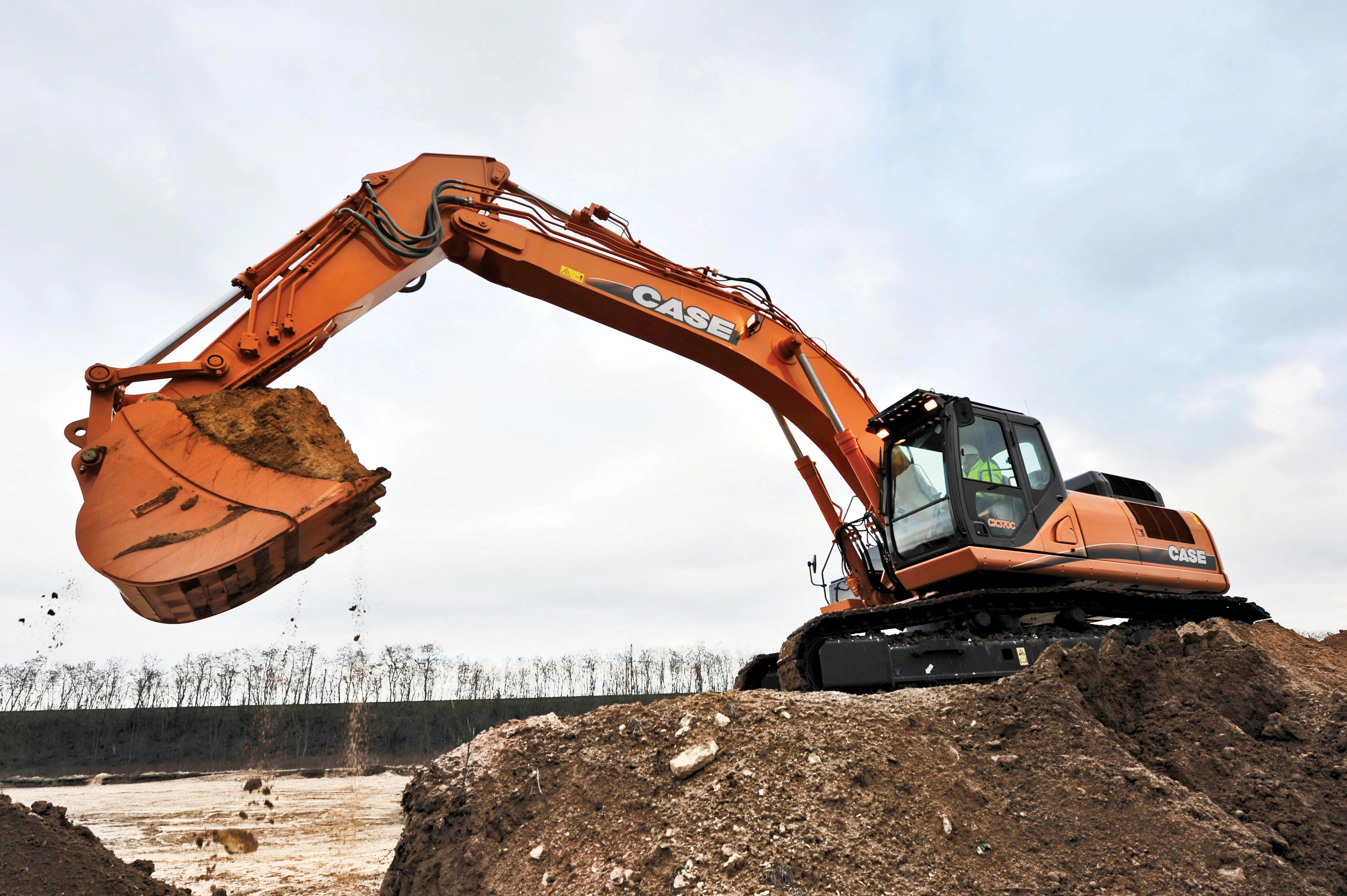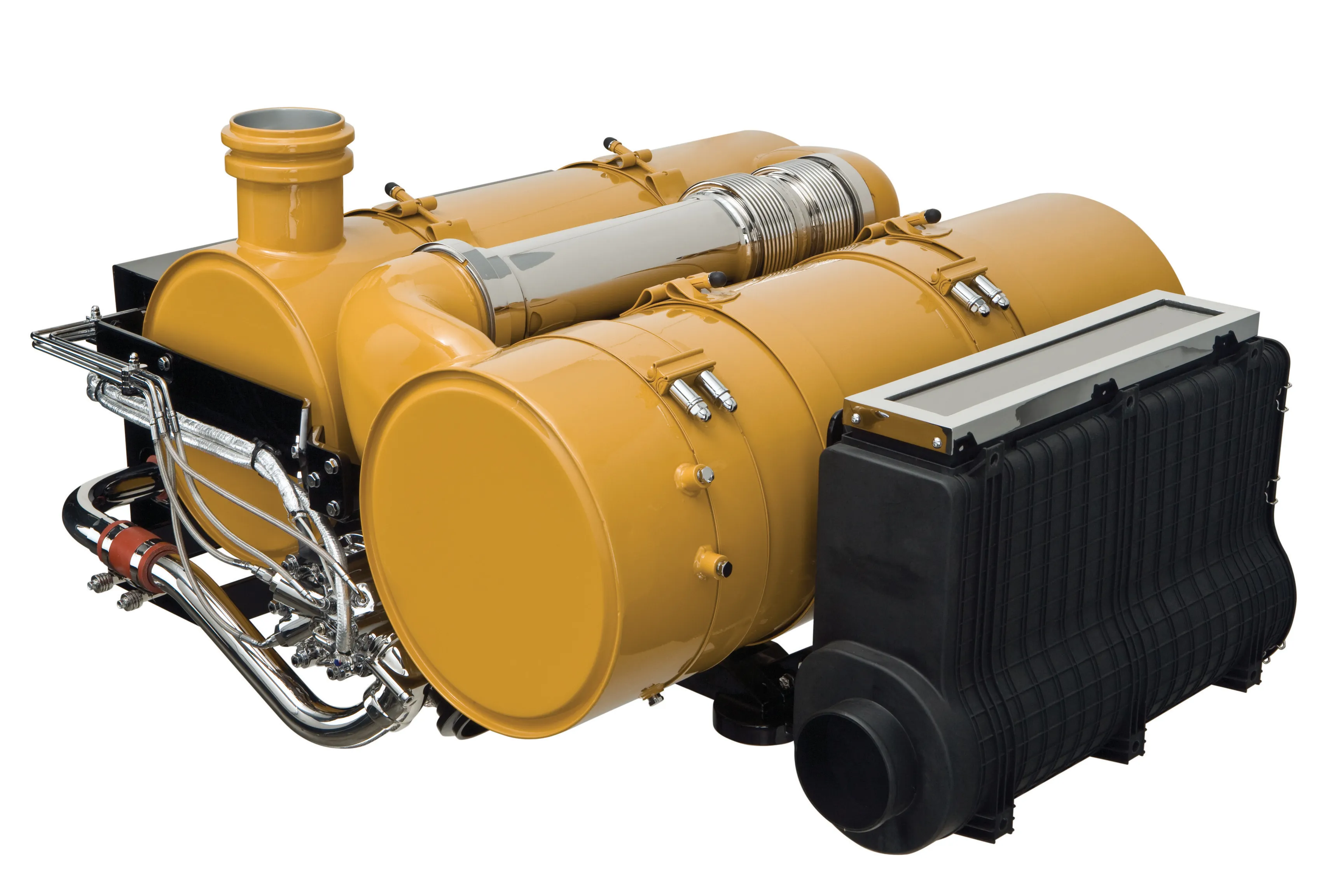CASE CLAIMS it is taking a lead on Tier 4 Interim emissions legislation with the use of both selective catalytic reduction (SCR) and cooled exhaust gas recirculation (CEGR) technologies on its new machines.
The firm says that its latest equipment will achieve a dramatic reduction in particulate matter (PM) and in the outputs of nitrogen oxides (NOx), in line with the Tier 4 interim regulations.
Case has developed its SCR and CEGR technologies to ensure that customers will benefit from productivity and
February 15, 2012
Read time: 2 mins

The firm says that its latest equipment will achieve a dramatic reduction in particulate matter (PM) and in the outputs of nitrogen oxides (NOx), in line with the Tier 4 interim regulations.
Case has developed its SCR and CEGR technologies to ensure that customers will benefit from productivity and low fuel consumption, and it has taken the wraps off the first four models in its C Series crawler excavator range.
The CX250C, CX300C, CX350C and CX370C feature Tier 4 interim compliant engines that offer up to a 10% fuel efficiency improvement over the B Series, said by the firm to already be one of the most frugal excavators on the market.
The Tier 4 interim compliant engines in the four machines use CEGR to provide a cleaner burn. The CX250C (operating weight: 24.7-24.8tonnes) comes with 132kW; the CX300C (29.5tonnes) provides 154kW and both the CX350C (34.7tonnes) and CX370C (36.8tonnes) use an engine rated at 198kW.
The machines will provide up to 10% fuel savings while delivering the same power as previous models.
C Series models are equipped with five energy saving systems, which automatically: reduce engine speed during boom lower and slew operation; return to idle when the joysticks are not being used; reduce flow at the start of swing operations; automatically stop the engine after a preset idle time; and adjust hydraulic pressures in digging operations.
The machines feature an improved cab environment, with full colour multi-function displays, easier access and a 2dB(A) internal noise reduction. Automatic climate control ensures that the operator remains comfortable throughout the working day.
The machines have a new hammer and high flow auxiliary hydraulic system and there is a revised attachment design for faster operation and improved lifting performance.









